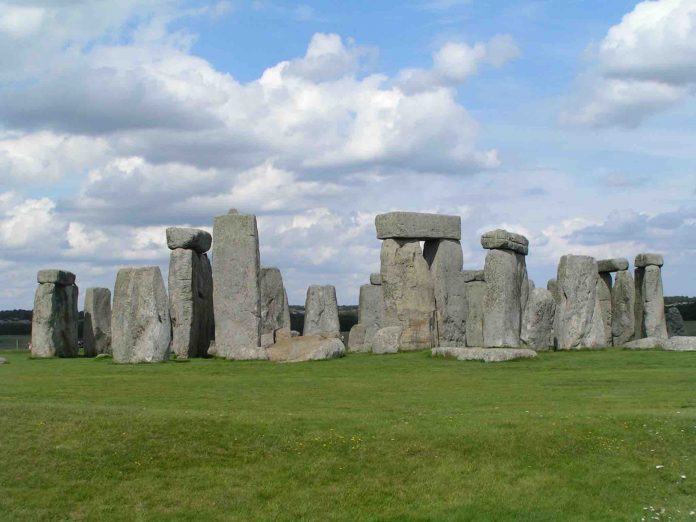It looks like a major loss for preservationists as Britain’s Secretary of State for Transport, Grant Shnapps, has reportedly overruled local planning inspectors and approved construction of a road underneath the UNESCO World Heritage Site-listed Stonehenge.
On the surface (no pun intended), it seems to make sense: The busy A303 highway runs adjacent to Stonehenge, creating obvious visual, noise, and air pollution along what should otherwise be a scenic historic site and popular tourist attraction. Widening the A303 to a double-road highway and burying a two-mile stretch below Stonehenge for a cool $2.2 billion (£1.7 billion) would obviously alleviate that, knitting the pastoral site back into its surroundings and uncorking a bottleneck—that stretch of A303 currently carries twice the amount of traffic it was built for.
Of course, preservationists, archeologists, druids (as The Guardian noted), and local farmers are all dismayed, and invaluable historic treasures may be at risk. Only just this June, using remote sensing, archeologists from the University of Bradford discovered a ring of underground manmade shafts running two miles around Stonehenge. The discovery of the approximately 4,500-year-old shafts, each stretching 16 feet deep and 33 feet across, held up construction of the A303 expansion which was originally slated to begin in July.
According to the report made by inspectors, the underground road, a two-mile section of an eight-mile-long extension, could potentially cause “substantial harm” to Stonehenge’s visual and cultural heritage as well as irreparably damage the landscape. Ultimately, the inspectors recommended against the project, according to The Guardian, releasing their findings in January, but the report has only now been made public. Because the tunnel entrances and exits would fall within the heritage zone, one member of the A303 scientific committee is reportedly worried that up to half-a-million historic artifacts could be destroyed during construction.
English Heritage, a charity that manages over 400 historic sites and monuments across England and is working with the A303 on the project, celebrated the decision as a first step towards reuniting Stonehenge with its surrounding landscape.
Critics, however, don’t agree. The grassroots Stonehenge Alliance has already received over 150,000 combined signatures across its two petitions to halt the tunnel, and professor David Jacques, who heads the archeological team at the nearby Blick Mead, told The Guardian that: “It is absolutely gut-wrenching. I’m astonished the government could have approved the scheme in the light of just what we are discovering, let alone all the other projects going on.”
Barring court intervention, construction on the A303 expansion is scheduled to begin in 2023, and the government expects the road to open in 2028.








